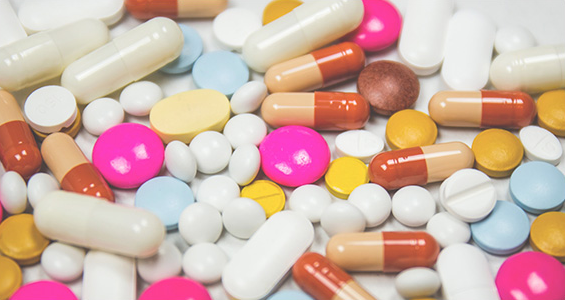By Amanda Tobias, clinical pharmacist at The Portland Clinic.

Searching a wall of cold and flu products for the one that will make you feel better is enough to give anyone a headache. But don’t just grab the box with the longest list of symptoms on the front — you could end up overmedicating with drugs you don’t need. Instead, check the back label to find a product that targets only your symptoms. In the active ingredients list, you’ll find the name and purpose of each drug that’s in the product.
Here’s what to look for to relieve specific symptoms:
Congestion. Look for a decongestant — phenylephrine is the most common.
Cough. Look for a cough suppressant — usually dextromethorphan. If a product has “DM” after its name, that means it contains dextromethorphan.
Mucus. Look for an expectorant, such as guaifenesin. And yes, you can use a suppressant and an expectorant at the same time — one decreases the cough reflex, while the other loosens mucus so coughing is more productive.
Sniffles and/or postnasal drip. Look for an antihistamine. However, be aware that some may cause drowsiness, including doxylamine and diphenhydramine (Benadryl). These are often found in nighttime “PM” products and may not be appropriate for everyone, especially if at risk for falling.
Body aches and fever. Look for analgesics such as acetaminophen (Tylenol) or ibuprofen (Advil). Acetaminophen is in many cold and flu products, so if you’re using more than one, take care not to go over the maximum dose.
Sore throat. Look for analgesics (see above), or, if this is your only symptom, lozenges or sprays that contain menthol or benzocaine are good alternatives.


